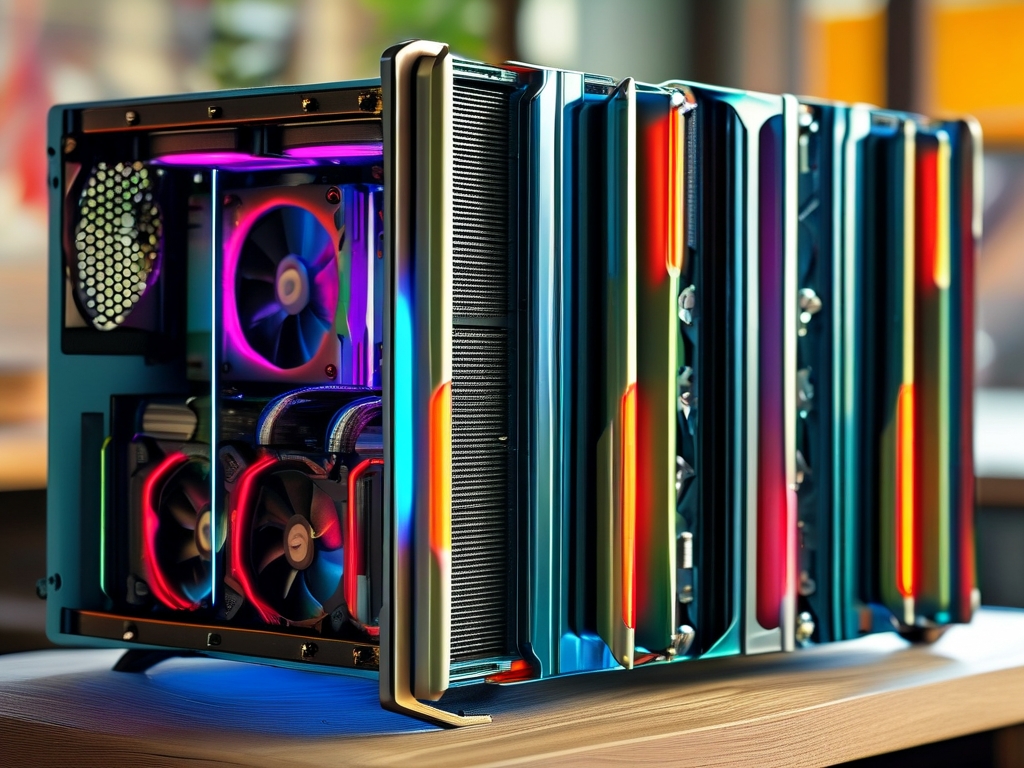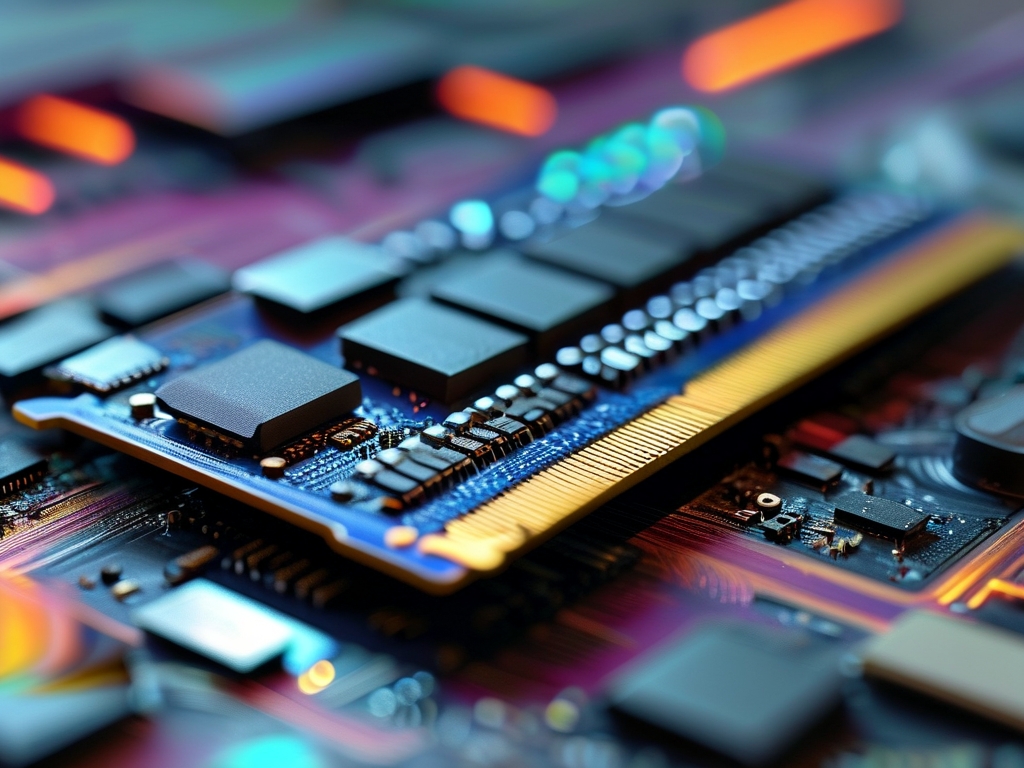In the realm of modern computing, memory bandwidth is a pivotal yet often overlooked factor that directly influences system performance. As processors and accelerators like GPUs grow faster and more complex, their ability to process data increasingly depends on how quickly they can access and transfer information from memory. This article explores the role of memory bandwidth in computational workflows, its implications across industries, and the challenges of balancing bandwidth with other system components.

1. What Is Memory Bandwidth?
Memory bandwidth refers to the maximum rate at which data can be read from or written to a system’s memory by a processor. Measured in gigabytes per second (GB/s), it represents the "data highway" capacity between the memory and computational units. For example, a GPU with 1 TB/s memory bandwidth can theoretically transfer 1 terabyte of data every second. This metric is critical because even the fastest processor cannot perform tasks efficiently if it spends cycles waiting for data.
2. How Memory Bandwidth Affects Computational Performance
a. Bottlenecks in Data-Intensive Workloads
In applications like artificial intelligence (AI) training, scientific simulations, or real-time video rendering, large datasets must be processed rapidly. Insufficient memory bandwidth creates bottlenecks, forcing processors to idle while waiting for data. For instance, a high-end GPU performing deep learning computations may underutilize its cores if memory bandwidth limits the flow of training data.
b. Latency vs. Throughput
Memory bandwidth impacts both latency (the time to access a specific memory location) and throughput (the total volume of data transferred). High-bandwidth memory (HBM) architectures, such as those in NVIDIA’s A100 GPUs, prioritize throughput to support parallel processing. Conversely, low-bandwidth systems may struggle with latency-sensitive tasks like gaming, where frame rates depend on rapid texture loading.
c. Scalability in Multi-Core Systems
Modern CPUs and GPUs employ dozens (or thousands) of cores. These cores require simultaneous access to memory to maintain efficiency. Limited bandwidth forces cores to compete for resources, leading to congestion. This is particularly evident in server farms handling cloud computing tasks, where inadequate bandwidth can degrade performance across thousands of nodes.
3. Real-World Applications and Case Studies
a. Gaming and Graphics
In gaming, memory bandwidth determines how quickly textures, shaders, and geometry data reach the GPU. For example, the PlayStation 5’s 448 GB/s bandwidth enables seamless 4K rendering, while older consoles with lower bandwidth often compromise on resolution or frame rates.
b. High-Performance Computing (HPC)
Supercomputers like Fugaku or Summit rely on extreme bandwidth to manage exascale simulations. Fugaku’s 1 TB/s per node bandwidth allows it to model climate systems or molecular interactions without stalling. Without this capacity, such computations would take orders of magnitude longer.
c. AI and Machine Learning
Training neural networks involves iterating over massive datasets. Google’s TPUs, designed for AI workloads, integrate high-bandwidth memory to accelerate matrix multiplications. A 2022 study showed that doubling memory bandwidth reduced training times for a ResNet-50 model by 35%, highlighting its importance.
4. Balancing Bandwidth with Other Constraints
While higher bandwidth is desirable, it introduces trade-offs:
- Power Consumption: High-bandwidth memory (e.g., HBM2E) consumes more energy, impacting battery life in mobile devices.
- Cost: Advanced memory technologies like GDDR6X or HBM are expensive, limiting their adoption in budget systems.
- Physical Design: Wider memory buses require more pins and complex PCB layouts, increasing manufacturing complexity.
Engineers must strike a balance. For example, Apple’s M-series chips use a unified memory architecture (UMA) to maximize bandwidth efficiency while minimizing power usage—a key factor in their success in laptops and tablets.
5. Future Trends and Innovations
a. Emerging Memory Technologies
New solutions like Compute Express Link (CXL) and DDR5 aim to boost bandwidth while reducing latency. DDR5, for instance, offers up to 6.4 GT/s, doubling DDR4’s throughput. Meanwhile, CXL enables coherent memory sharing across CPUs and accelerators, optimizing bandwidth allocation.
b. Heterogeneous Architectures
Chiplet-based designs, such as AMD’s Ryzen processors, disaggregate memory controllers to allocate bandwidth dynamically. This approach ensures that bandwidth-critical tasks (e.g., GPU rendering) receive priority over background processes.
c. Software Optimization
Developers are leveraging techniques like memory pooling, prefetching, and compression to reduce bandwidth demands. NVIDIA’s DLSS technology, for example, uses AI to upscale lower-resolution images, cutting GPU memory traffic by 40% without sacrificing visual quality.
6.
Memory bandwidth is a cornerstone of computational efficiency, shaping the capabilities of systems ranging from smartphones to supercomputers. As workloads grow more data-hungry, advancements in memory technology and architecture will remain essential to unlocking the full potential of modern processors. Addressing bandwidth limitations—through hardware innovation, smarter software, and balanced design—will define the next era of computing performance.




